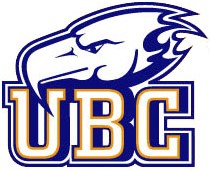
In response to the question; “If the United Nations was fully funded why would we need the Arc or social enterprise?” I would say this; the positive global change generated by ‘people helping people’ would be needed even if groups like the United Nations were fully funded because they are more quickly and efficiently established than when the same types of social global reforms are approached by government entities like the United Nations.
Even if government groups like the United Nations whom are concerned with improving our global society were to receive all the funding they could possibly dream of, they would still have to go through the long and arduous process of creating, voting on, and then POSSIBLY passing a generalized bill which MIGHT benefit society. In contrast, independent entities like the Arc initiative, whom concentrate on improving one small area of our global society at a time and who don’t have to go through tedious legal processes to put their ideas into action, are able to achieve the global change they seek rather quickly by comparison.
The truth of the matter is, the law is able to accomplish what independent entities are able to do in a fraction of the time and with far more concentrated effort. And that folks, is why even if the United Nations had all the funding in the world, we as a global community would still need things like the Arc and social enterprise to make substantial beneficial global changes.









